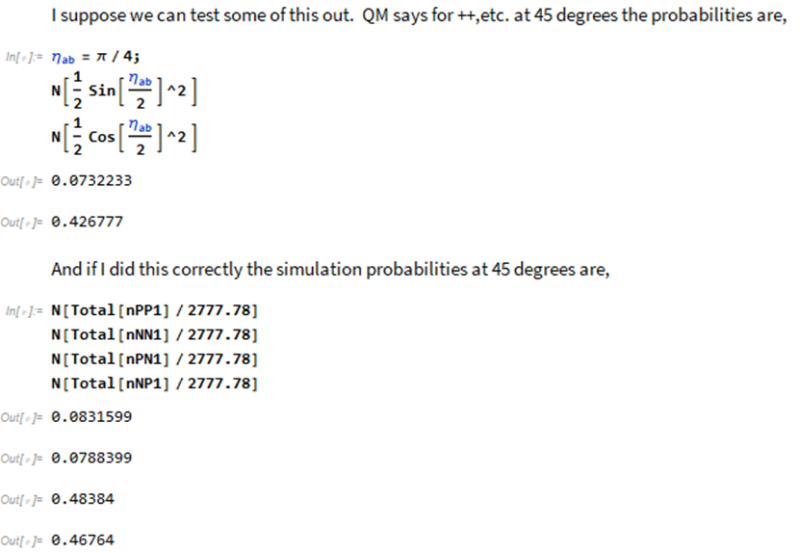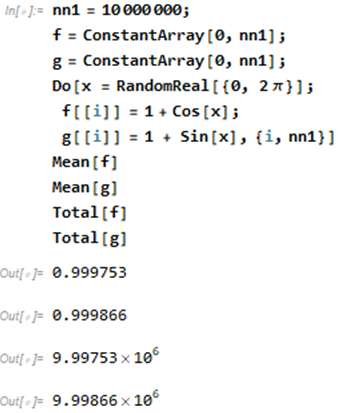FrediFizzx wrote:Joy Christian wrote:No. That is not what I am saying. For any functions f and g, if < f > = < g >, then that does not imply f = g. It does not matter what f and g are. A specific example does not change this.
Well, you are going to have to prove that. I'm not buying it.
It is a trivial fact and easy to prove using counterexamples.
One counterexample is sufficient to prove it.
Your claim is that < f > = < g > --> f = g.
So let f = 1 + cos(x) and g = 1 + sin(x), with 0 < x < 360 degrees.
Then < f > = 1 = < g >, where average is over all angles x.
This, according to your claim, implies f = g.
But it is self-evident that f =/= g.
So your claim is wrong (by
reductio ad absurdum).
.



